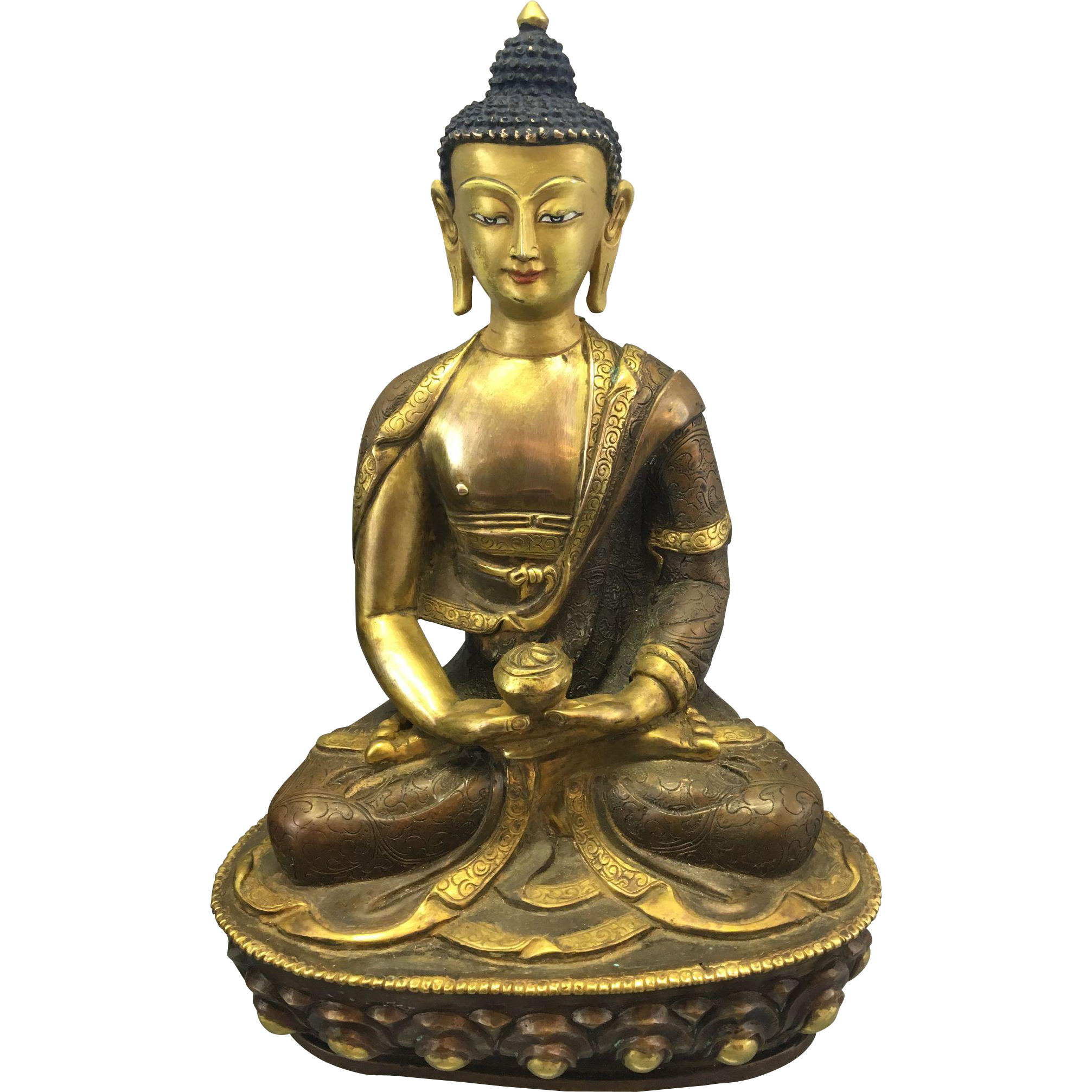Welcome to our twenty second online suggested practise for the week. We are now broadcasting a live teaching each Monday evening. If you would like to participate please contact us using the contact form on the homepage.
1.0) If you feel so inclined, begin by reciting the usual prayers (please follow below links for text). Alternatively, try to think or articulate a wish for all beings to achieve liberation from suffering, etc .
Four Thoughts: contemplating each in turn – http://northantsbuddhists.com/the-four-thoughts/
Refuge Prayer: twice in Tibetan, once in English – http://northantsbuddhists.com/the-refuge-prayer/

2.0) How Do We Take the Guru as the Path? – Part Two
Advice on How to Practice by Dzongsar Jamyang Khyentse Rinpoche, referring to Jamyang Khyentse Wangpo’s Short Preliminary Practice, also called Excellent Path to Enlightenment
If for example, you are feeling hot and suddenly, along comes this breeze to cool you down, you should think of this as a Guru Rinpoche manifestation.
So to answer the question, “How do we take the guru as the path?” – It is a matter of taking everything, to be none other than Guru Rinpoche – whatever that might be. Even should you hear the sound of coughing, or any displeasing sound, that sound is taken as Guru Rinpoche’s voice, mainly in the form of the mantra: OM ÀH HUM VAJRA GURU PADMA SIDDHA HUM.
That’s one way.
Emptiness: the example of the Mirage
These methods might sound very theistic but there is a distinction to be made.
Theistic-minded religious people may talk in a similar way, but what is missing is the notion of mixing one’s mind with the guru’s mind. The real guru is your inner nature of mind, which is the emptiness aspect and this is what makes things different. When you have the view of emptiness as a base and then go ahead with applying these theistic methods, it works. For those who can accept emptiness, for them, everything is possible.
It’s like the example of the mirage. If you are in the desert, and see a mirage, if you know it is a mirage, it’s completely up to you how you take it. Whether you approach, escape or divert your path is of little consequence, since each of these acts will give you a certain result. Once you know it is only a mirage, to approach is merely for the sake of doing so and not because you think there is any real water there. Similarly, to divert your path is not due to the non-existence of water, but simply because you know there is a mirage there. The non-existence of water and the mirage are different.
[Student]: Could you say something about how the mirage and the non-existence of water are different from each other?
[Rinpoche]: Non-existence means it has once existed and then it has become non-existent.
It’s the water in the mirage that we are talking of here. The water in the mirage has never existed: not as a mirage nor as water. It’s a total illusion.
[Student]: So is it the seeing, the actual view that becomes existent – non-existent?
[Rinpoche]: No, if you see a mirage as a mirage then you are not wrong. It is when you see the ‘water of the mirage’ as water.
Persevering with One Path
For those without any particular practice, this ngöndro (preliminary practice), is your practice. Unless your personal teacher has designated you with a certain practice, I would urge you to keep on doing this one. It is fine to go along to all kinds of teachings, but if you want to go to initiations, perhaps you had better ask whether doing page after page of sadhanas is a requirement. If the answer is ‘Yes,’ you should definitely think twice. You might even be told, “It’s not so much,” but in reality, it all adds up to quite a lot. It depends on whether or not you have the time. Of course, if you have that kind of leisure at your fingertips, please go ahead and do it – our path is wonderful. If receiving initiations, and collecting a lot of commitments makes you feel good, and you’re the type of person who doesn’t particularly feel guilty about not really keeping the commitments, then fine!
.
Guru Rinpoche (Padmansabhava) and His Mantra


2.1) The basics of sitting in the Seven Point Posture for meditation – A presentation by Steve Reynolds

Seven Point Posture
1. Legs
A firm, stable base with the legs crossed and sitting on the floor or cushion, traditionally in Siddhasana (half lotus). Or if sitting on a chair, having the feet flat on the floor, with the thighs and buttocks on the seat. The most important thing is to be comfortable to form a stable base.
2. Back
Gently lift, relax and settle with the spine upright. If necessary move the torso a little to ease out any tight areas.
3. Shoulders
Loose and relaxed to let the arms come down into a comfortable position. Maybe rolling the shoulders a little to ease them out.
4. Hands
Resting in the lap, traditionally in the meditation Mudra of palms up left supporting right with the thumb tips touching. If sitting on a chair with its arms in the way, it may be more comfortable to rest the hands on the knees or thighs, with palms either turned up or down.
5. Neck
Slightly lift the back of the neck, which draws in the the chin a little, relax and settle.
6. Mouth
Touch the tip of the tongue lightly against the roof of the mouth just above the top front teeth. Relax the jaw so the teeth and lips are either slightly parted or just touching.
7. Eyes
Traditionally ‘Gazing at the tip of the nose’. There are many instructions for the eyes in meditation. I keep my eyes closed through the first six points then open them gently, looking down at an angle of around 45 degrees but unfocussed. It can take a long time to learn to keep the eyes open without blinking for a long period of meditation, so people often start learning meditation with the eyes closed and some say to keep the eyes closed anyway. Whichever you choose, let them be relaxed.
At this point it is worth going over the 7 points again, just to check the body is stable, relaxed and alert.
Three gentle breaths here to sigh and relax the body can be useful to relax not only the body but the mind as well.
Repeating Tilopa’s advice to Naropa can be useful to relax the mind. Maybe just the last line if the others are brought to mind.
Let go of what has passed
Let go of what may come
Let go of what is happening now
Don’t try to figure anything out
Don’t try to make anything happen
Relax, right now and rest
Or counting the breaths to 21 can relax the mind and be ready for your meditation practice.
—0—
